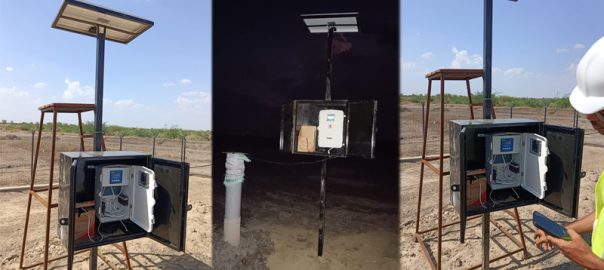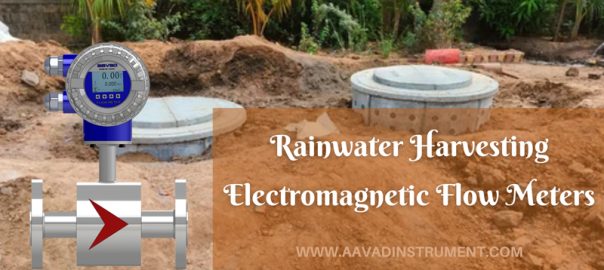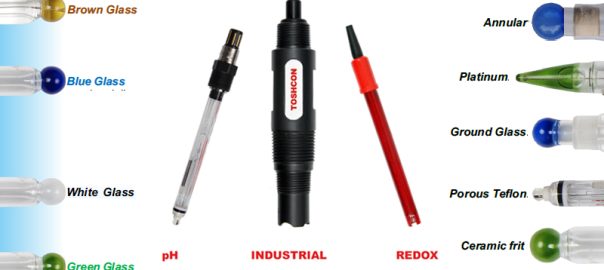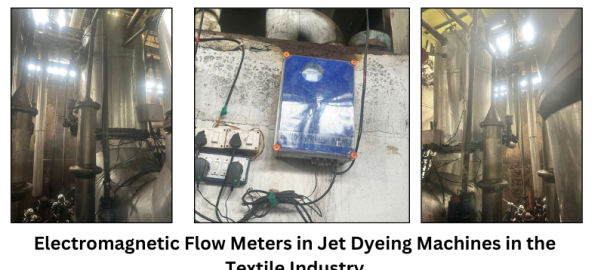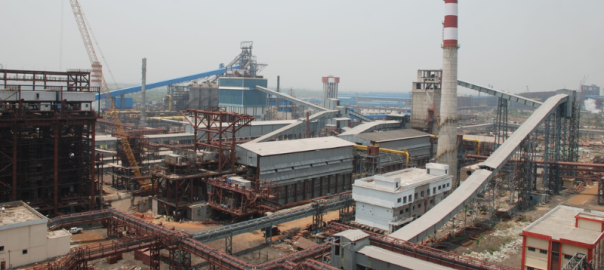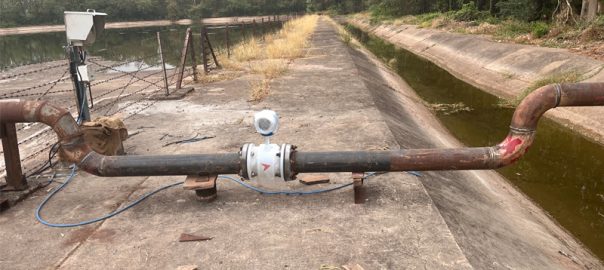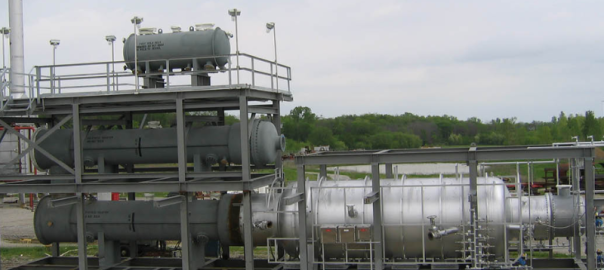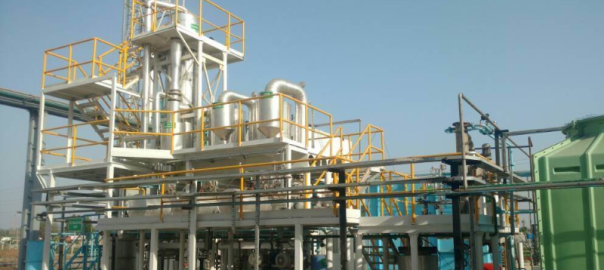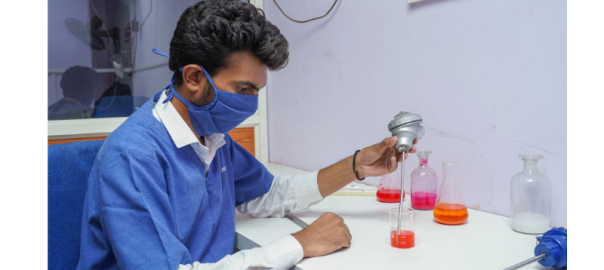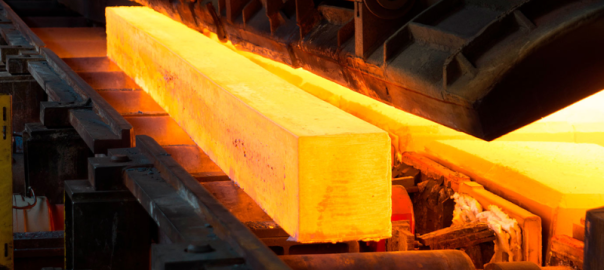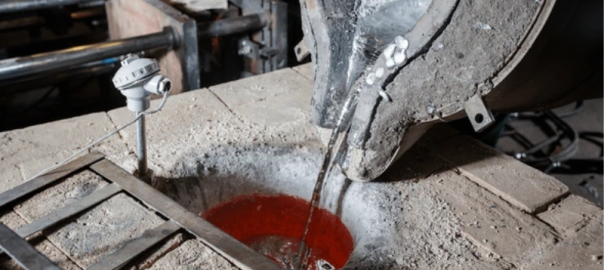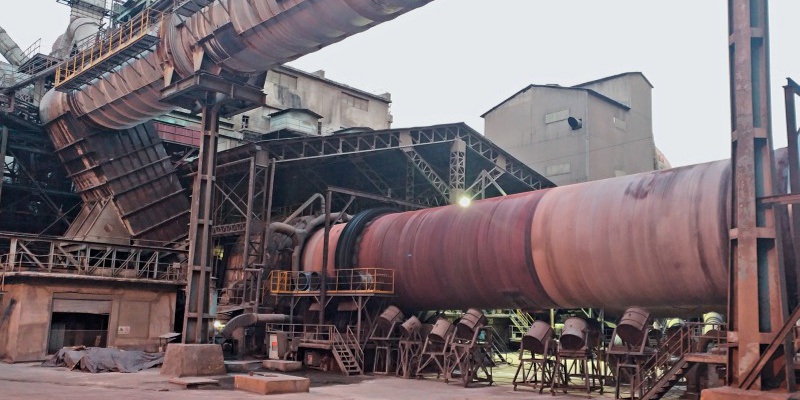
In the cement manufacturing process, clinker formation plays a crucial role in the production of high-quality cement. Clinker, a key intermediate product, is formed by heating a mixture of raw materials in a kiln at high temperatures. Monitoring and controlling the clinker temperature is essential to ensure the efficient and effective production of cement. In this blog post, we will explore the importance of clinker temperature measurement and discuss various methods used in the industry.
Why is Clinker Temperature Measurement Important?
Accurate measurement of clinker temperature is critical for several reasons:
1. Quality Control: The properties of clinker significantly impact the quality and strength of the final cement product. Monitoring the temperature ensures that the clinker achieves the desired chemical composition and mineral phases, leading to the production of high-quality cement.
2. Process Optimization: By continuously monitoring the clinker temperature, cement manufacturers can optimize the kiln’s operation parameters, such as fuel consumption, airflows, and feed rates. This optimization helps in achieving energy efficiency, reducing emissions, and maximizing production throughput.
Methods of Clinker Temperature Measurement: Various methods are employed to measure clinker temperature in cement production facilities. Here are some commonly used techniques:
1. Pyrometers: Non-contact infrared pyrometers are widely used for clinker temperature measurement. These devices measure the thermal radiation emitted by the clinker surface and provide real-time temperature readings. Pyrometers offer high accuracy, quick response time, and are suitable for continuous monitoring.
2. Thermal Imaging: Thermal imaging cameras capture the thermal radiation emitted by the clinker surface and produce a visual representation of the temperature distribution. This technique allows for temperature profiling across the kiln, enabling operators to identify hotspots, optimize heat distribution, and prevent potential issues such as clinker nodulization or over-burning.
3. Thermocouples: Thermocouples are temperature sensors inserted directly into the clinker bed. They provide accurate point measurements and are often used for spot-checking or validation purposes. However, due to the harsh environment inside the kiln and potential mechanical damage, their lifespan can be limited.
4. Kiln Shell Temperature Monitoring: Monitoring the temperature of the kiln shell provides indirect information about the clinker temperature. Thermocouples or thermal imaging can be used to measure the kiln shell temperature at different locations. Deviations from the expected temperature profiles can indicate issues such as refractory lining damage, air leakage, or inadequate cooling.
Importance of Clinker Temperature Measurement:
1. Kiln Operation: The temperature of the clinker affects the overall operation of the kiln. By monitoring and controlling the clinker temperature, operators can adjust the kiln’s firing rate, airflows, and residence time to optimize the production process and prevent issues like under-burning or over-burning.
2. Cement Strength: The temperature at which clinker is formed determines its mineralogical composition. Different minerals form at specific temperature ranges, and each contributes to the cement’s final strength and properties. Accurate temperature measurement ensures the production of clinker with the desired mineral phases, leading to consistent cement quality.
3. Energy Efficiency: Efficient heat transfer within the kiln is crucial for energy conservation. Monitoring the clinker temperature helps identify areas with inadequate heat transfer, allowing operators to optimize burner settings, adjust airflows, or make necessary kiln modifications to improve energy efficiency and reduce fuel consumption.
4. Equipment Protection: High temperatures in the kiln can lead to issues like refractory lining damage, hot spots, or excessive thermal stress on equipment. By monitoring clinker temperature, operators can detect abnormal temperature fluctuations and take preventive measures to protect the kiln and other components from damage.
Advanced Clinker Temperature Measurement Techniques:
1. Multi-Channel Pyrometry: In large cement plants, multiple pyrometers are strategically placed across the kiln for comprehensive temperature monitoring. This technique provides a more accurate representation of the temperature profile and enables early detection of temperature deviations or abnormalities.
2. Infrared Scanning Systems: Infrared scanning systems use an array of pyrometers or thermal imaging cameras to scan the clinker surface continuously. These systems provide real-time temperature mapping, allowing operators to visualize temperature patterns, identify hotspots, and adjust kiln operation accordingly.
3. Wireless Temperature Monitoring: Wireless temperature sensors placed in critical areas of the kiln can transmit data in real-time to a central control system. This technology enables remote monitoring, data logging, and trend analysis, facilitating proactive maintenance and process optimization.
4. Data Integration and Analysis: Combining temperature measurement data with other process parameters, such as gas composition, airflow rates, and fuel consumption, can provide a holistic view of the kiln operation. Advanced data analysis techniques, including machine learning algorithms, can uncover valuable insights, optimize process parameters, and predict potential issues.
5. Calibration and Accuracy: Regular calibration of temperature measurement devices is crucial to ensure accuracy. Calibration should be performed against a known reference temperature source to maintain measurement precision. Periodic checks and adjustments help prevent measurement errors that can impact process control and product quality.
6. Process Variability and Optimization: Clinker temperature measurement allows for the identification of process variability. By monitoring temperature trends over time, operators can identify factors affecting temperature fluctuations, such as changes in raw material composition, kiln feed rates, or fuel quality. This information enables process optimization and the implementation of corrective actions to maintain consistent clinker quality.
7. Safety Considerations: High-temperature operations in cement kilns pose safety risks. Monitoring and controlling clinker temperature is crucial to prevent overheating or thermal runaway conditions that could compromise the integrity of the kiln or lead to accidents. Temperature measurement systems help ensure safe operating conditions by providing early warning indicators and enabling timely interventions.
8. Integration with Process Control Systems: Temperature measurement devices can be integrated into the plant’s process control system. This integration allows for real-time monitoring and control of the clinker temperature, facilitating automatic adjustments of process parameters based on temperature readings. This level of automation enhances process stability, reduces manual intervention, and improves overall efficiency.
9. Environmental Impact: Cement production is a significant source of greenhouse gas emissions. Effective clinker temperature measurement contributes to reducing emissions by optimizing fuel consumption and ensuring efficient combustion. By maintaining the optimal clinker temperature, operators can minimize energy waste and environmental impact.
10. Research and Development: Continuous research and development in clinker temperature measurement technologies aim to improve accuracy, reliability, and efficiency. Advancements in sensor technology, data analysis, and automation contribute to better temperature control, enhanced process understanding, and increased sustainability in cement manufacturing.
Accurate clinker temperature measurement is crucial for ensuring optimal cement production. By utilizing advanced measurement techniques like pyrometers, thermal imaging, and kiln shell temperature monitoring, cement manufacturers can maintain precise control over the clinker temperature. This control leads to improved product quality, process optimization, and energy efficiency. Investing in reliable temperature measurement systems not only enhances production capabilities but also contributes to sustainable and environmentally friendly cement manufacturing.

